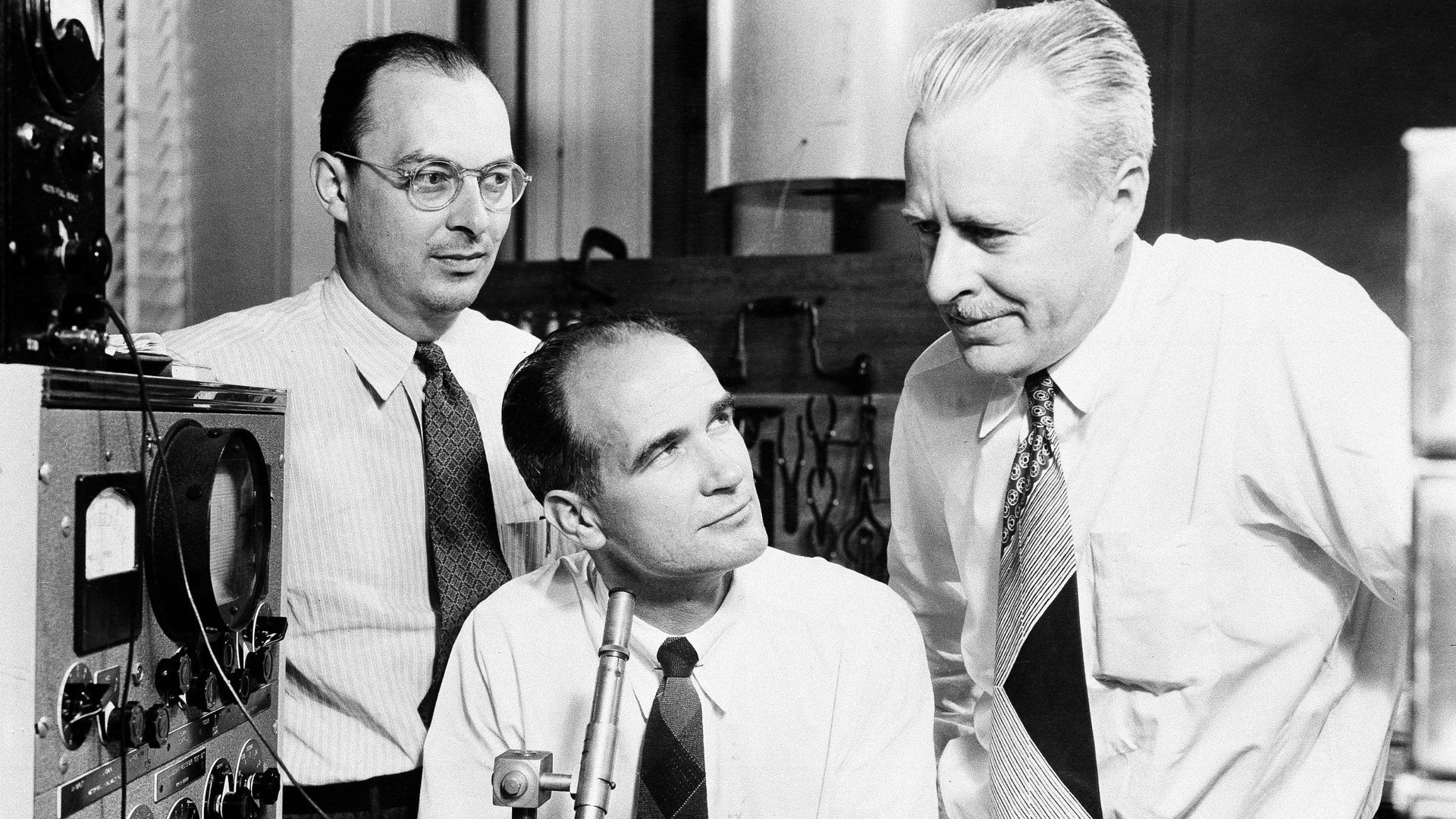If the US has an economic revival, Steven Chu may get part of the credit
Steven Chu, who resigned today as US energy secretary, may eventually be seen as the most consequential person to hold the post since it was created in the 1970s. While caught up today as a piñata in Washington’s often-malevolent politics, Chu set out in 2009 with a couple of ambitions, one of which was to put the US on course for a new economic revival, led by energy technology. If that future comes about, Chu may end up credited for a large role in making it happen.


Steven Chu, who resigned today as US energy secretary, may eventually be seen as the most consequential person to hold the post since it was created in the 1970s. While caught up today as a piñata in Washington’s often-malevolent politics, Chu set out in 2009 with a couple of ambitions, one of which was to put the US on course for a new economic revival, led by energy technology. If that future comes about, Chu may end up credited for a large role in making it happen.
Chu’s vehicle for setting this course has been a deliberate attempt to recreate the essentials of Bell Laboratory, the legendary launching pad for numerous basic technologies in use today and the workplace of 13 Nobel Prize winners, including Chu himself. Bell’s best-known Nobel was for the 1947 creation of the transistor by John Bardeen, Walter Brattain, and William Shockley.
The idea has been to provide fixed sums of concentrated, multi-year funding for scientists to solve really big problems. They have been housed within two Chu creations. The first is Energy Frontier Research Centers, which have been granted $2 million to $5 million a year to find novel ways to revolutionize solar power, nano-scale materials engineering, advanced batteries, solid-state lighting, superconductivity, and more. The EFRC’s neatly fit the Bell mantra: Give a group of talented scientists a specific objective, the freedom to solve it how they see fit, a reasonable sum to work with, and let them go to the task. They might fail spectacularly, but Bell thought that was also how they may succeed.
Chu’s second creation has been more ambitious: the creation of a series of “innovation hubs.” With $125 million in funding spread over five years, each of the five hubs has been tasked with unraveling big, seemingly intractable problems: how to emulate photosynthesis; make nuclear power safe; make buildings superlatively efficient; create a battery more or less equivalent in energy performance with fossil fuels; and invent a host of inventive new materials to replace ones in short supply in the US, such as rare-earth elements.
In his first year as secretary, Chu also oversaw the launch of ARPA-E, a fund for radical innovation that was approved by Congress in 2006 but went unfunded until recently.
All in all, these institutions are very different from the activities of Chu’s predecessors, who—apart from James Schlesinger, the first secretary in the new Department of Energy created by President Jimmy Carter—by and large saw their function as pounding the drum for the fossil fuel industry.
Chu’s critics point to conspicuous early failures: the bankruptcy of Solyndra and three government-funded battery companies. One of the companies, A123, was bought by China’s Wanxiang, seeming to go against Chu’s guiding vision of enabling US industry to take on the world. These critics look around and cannot find any successes—only romantic, vain wishes and overhyped talk.
Yet Chu anticipated misfires, and even the first hubs have existed for just two years. It is early. Putting in place these petri dishes for big breakthroughs created the profile of a very different Department of Energy and a very different government. Bell Labs, along with rivals Xerox-PARC and RCA Labs, are gone, and by and large American companies no longer fund the type of research that in those days produced big and basic technological leaps. This absence is thought by some to be one reason for America’s economic lethargy. If the US eventually gets its mojo back, Steven Chu’s brainchildren may be partly responsible.